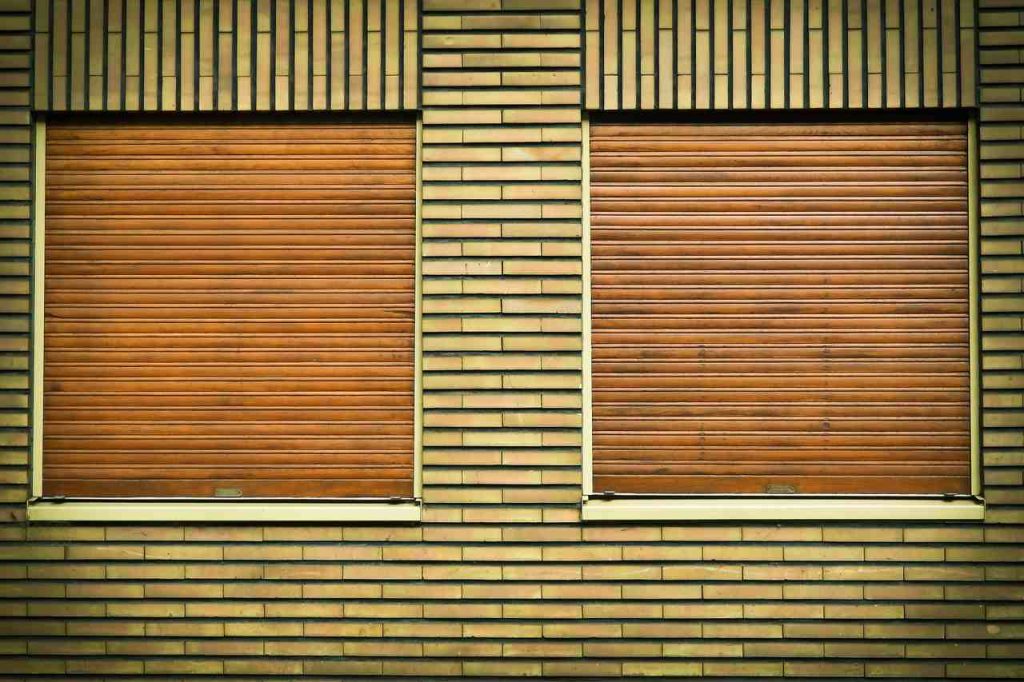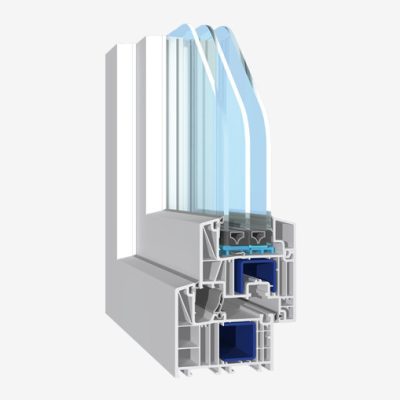
External roller blinds are a convenient and effective investment for years to come, especially if they are cleaned and maintained regularly. They require cleaning, and the strap, cord and seals should be lubricated with a special protective agent to prevent them from deteriorating and crumbling. Such a window protection system has many advantages and is comfortable to use, but it also has its disadvantages. For the system to remain functional for a long time, it is necessary to invest in its correct installation. Let’s consider all the pros and cons of using them.
Thermal properties of external blinds
Sunny, hot days are always a problem in closed buildings. Air conditioning is always the solution, but external roller blinds are also a good idea, as they protect rooms from direct sunlight and the resulting increase in temperature. This ensures a pleasant coolness inside, and hot days are much easier to bear. Internal blinds do not fulfil this function, as the heat still gets through the window and effectively spreads throughout the room.
When it comes to temperature, external roller shutters also protect against the cold during heavy rain, wind and frost. About 10-20% of heat escapes through windows, roller shutters reduce this coefficient and are a good element of thermal insulation.
Whether they are equipped with an anti-burglary system or ordinary roller blinds, they give a sense of security, and they also look more aesthetically pleasing than internal roller blinds. They are ideal for people who have trouble falling asleep – when closed, they effectively cut off the light, making the room completely dark.
Types of external roller blinds
A significant disadvantage of external roller shutters is that some models cannot be used for certain types and shapes of windows. Among others, the following are available on the market:
- Surface-mounted exterior – also known as façade. The cassette is attached to the wall of the building above the window recess, less often in it. They can be installed at any time, which is why they are popular and versatile in application. However, the cassette is completely on the outside, which will affect the visual effect of the building. Manufacturers meet customers halfway and offer different shapes and colours of cassettes to match the building’s facade.
- External above-window – mounted on the window frame, the cassette is located at the top of the frame. Can only be installed when replacing windows or building a new building. The disadvantage is that it affects the window opening.
- External flush-mounted – must be planned before construction, the lintel must be made in such a way as to create a recess. The entire system is placed there. It looks very aesthetically pleasing and does not affect the shape of the building. They improve the thermal and acoustic insulation of the building.
- External RKS – installed in place of the lintel, reinforced with steel bars, therefore only suitable for use in new buildings. Their installation must be included in the building design.
Controlling external roller shutters
Another aspect to consider is how the roller shutters are controlled. They can be controlled manually or automatically – classic ones have a tape or crank mechanism for raising and lowering. Electric shutters are more convenient, but they are also about 20% more expensive. Advanced systems can be connected to the home control system.
It is also worth investing in anti-burglary blinds, which allow you to close and leave your belongings alone more securely. The security scale has six levels, and it is assumed that the best are from level 3 upwards. They do not provide one hundred percent protection, but they significantly increase the security of a house or flat, as knowledge of anti-burglary systems is required to break them.
Read also:
CHARACTERISTICS AND FEATURES OF OUTDOOR BLINDS
FACADE SHUTTERS OR EXTERNAL BLINDS? MODERN TYPES OF WINDOW PROTECTION



